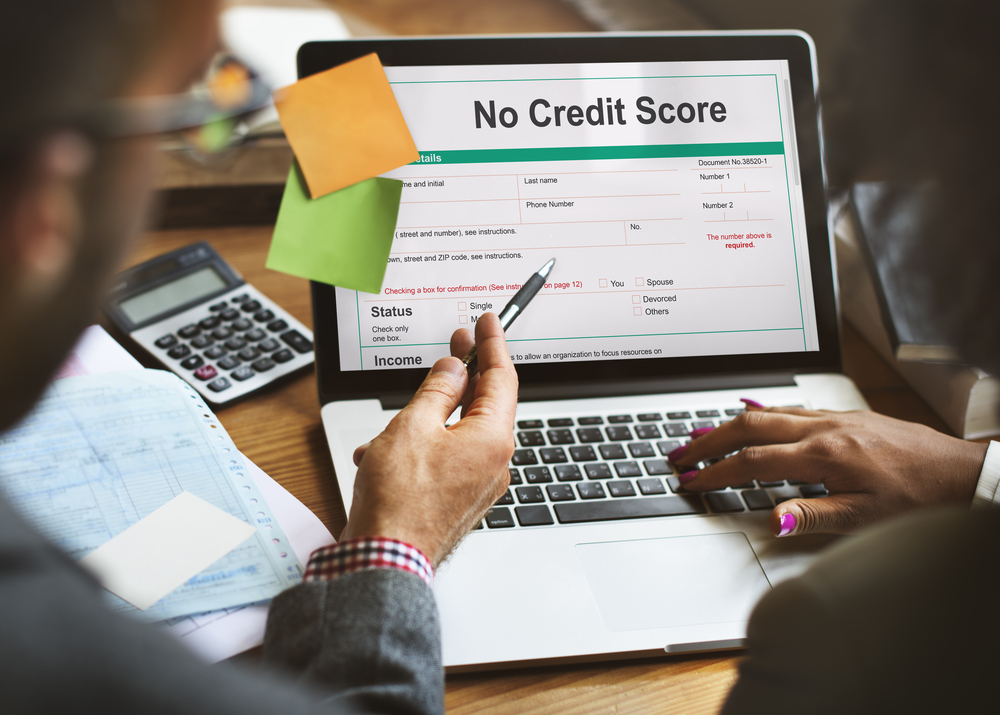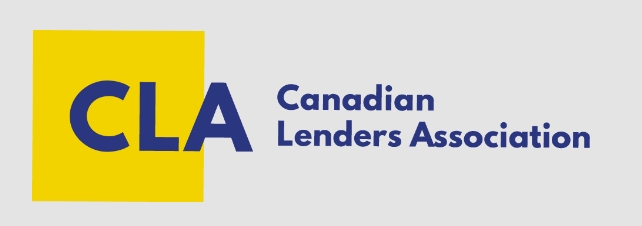No credit history versus a bad credit score

The hard truth is that having either no credit or a bad credit history creates doubt with lenders when it comes to offering you any type of loan. Even if you have a good income, you are viewed as high-risk mainly because of having no credit or poor credit. Understandably, companies have a difficult time working with you if you haven't borrowed money in the past. Similarly, if they know you have borrowed money and have neglected to pay it back on time, it makes it difficult for lenders to know if you are credit trustworthy.
Realistically, it's easier to build your credit score when you don't have a history as opposed to trying to improve your existing poor credit history.
What happens if you do not have a credit history
When you don't have a credit history, this means that the credit bureaus don't have anything on your credit report. More specifically, it means that you have not borrowed money in the past seven years, whether in the form of a credit card or loan. There are many people who may not have a need to borrow money, or they haven’t had the opportunity to build their credit; this could be a student or a person new to Canada. Also, there are people who simply do not believe in borrowing money.
Even if you have a reliable income but no credit history, you will be seen as a high-risk borrower because you don’t yet have a track record. A lack of credit history can result in:
- Issues trying to find a place to live
- Trouble finding work in different sectors
- Higher interest rates if you qualify for a credit product
- Higher deposits on insurance products
How to build a positive credit history
Not having a credit score can be good news because you get to start with a clean slate!
Get a secured card
To build a credit history from scratch, you can start by applying for a credit product. The simplest type of lending product is a credit product. If you are not eligible to get a credit card, then apply for a secured card. With a Refresh Secured Card, you are automatically approved. As the name suggests, these cards are backed by a security deposit of your own money. It’s less risky for financial institutions and other creditors to give you a secured card when you’re using your own money to build credit.
Sign up for a credit-builder loan
With a secured loan product, you don’t have to put upfront cash as a deposit. This means, you’re still using your own money to build credit and are making installment payments towards a loan.
Authorized user status
You can become an authorized user on the credit card of someone else who has a good payment record. They can help you develop your credit score. In this situation, you are not responsible for the payment, and the effect on your credit is limited, but it will give you a jump start.
Consider a co-signer
This can be a risky endeavour for the co-signer because they will be entirely responsible for paying off the loan. Also, if they fail to pay off the loan, it could damage your relationship.
Pay off your outstanding or late bills
It can’t be said enough times that making all your payments on time each month is crucial to your credit score. On-time and in-full payments not only reduce the money you owe, they also lower your debt-to-credit ratio. Furthermore, if you have any accounts that are in collections, make sure you get those outstanding balances under control quickly.
Bad Credit History
Bad credit history means you have a bad credit score, and this could be the result of a few factors. A bad credit score is between 300 and 629. Potential factors that may have affected your credit score could be missed utility payments or a defaulted loan. If you have had any debt sent to collections, this will also show up on your credit report.
There is a lot of value in checking your free credit score and getting your free annual credit report. These two tools can help you understand what type of changes you could make to alter the trajectory of your credit score.
Managing Bad Credit
A good credit score is just around the corner! A good score is between 690 and 719. If you want to improve your credit, you need to realize that it takes time and good consistent credit-building behaviour.
These are the main elements that make up your credit score.
- 35% of your score comes from your payment history. This essentially shows all of your on-time payments, so make sure you pay all of your bills on time and in full.
- 30% of your score comes from the amount you owe. This includes all of your credit products (credit card, car loan, mortgage, other debt). This number is your credit utilization, which shows how much you have available to borrow and how much you owe at any given time.
- 15% of your score is the length of your credit history. This is the duration of time you have spent building your credit. Start building your credit as early as you can.
- 10% of your score is your variety of credit types. This is a combination of personal loans, mortgages, car and credit products. Having a good credit mix will show creditors and lenders that you are knowledgeable about credit and can manage different tradelines.
- 10% is any new credit. This is any new credit that you have recently applied for.
Building credit and managing a bad credit score will take considerable time and effort. With a combination of a good credit score and some credit history, you can get a loan with the best possible rates in the future.
To continue to learn about managing your debt and credit score wisely, follow Refresh’s Financial Blog.
*******
Refresh financial offers custom credit building solutions to help you build your credit score FAST.






Leave a Reply